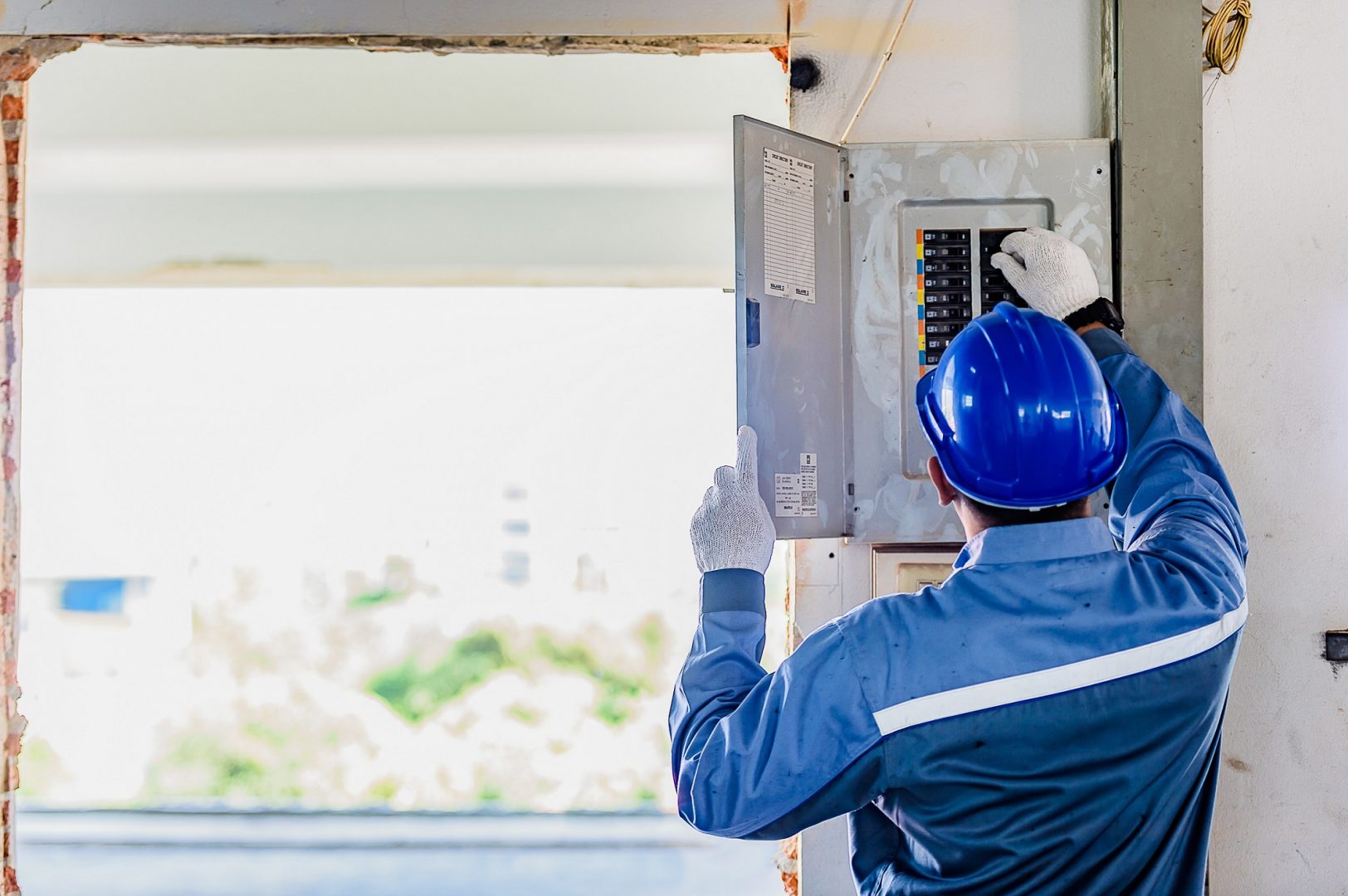While most institutional investors are relative newcomers to the growing impact investing space, the concept of deploying capital to fulfil positive social and environmental objectives while generating a return is far from novel.
Development finance institutions (DFIs), which are usually majority owned by national governments, have been investing to support private sector development in emerging markets for many years with the aim of improving the lives or life prospects of people in challenging countries.
And, given their mission is often to attract further private capital to the markets in which they invest, DFIs have a wealth of experience and knowledge they can share with other investors to help them climb the learning curve quickly. We spoke to Clarisa De Franco, managing director Africa Funds, and Yasemin Saltuk Lamy, deputy CIO of Catalyst Strategies, at the UK’s CDC Group, to find out how partnerships between DFIs and other investors generate significant impact, and achieve returns.
Q For those who don’t know CDC well, can you tell me about what you do?
Clarisa De Franco: As a DFI and investor, wholly owned by the UK’s Department for International Development, our primary purpose is to promote private sector development in Africa and South Asia by supporting the Sustainable Development Goals. We’ve been investing for economic development for more than 70 years, so we have a wealth of experience understanding these markets and deploying capital both directly into companies and through funds. We are impact-led with a commercial focus of generating returns that we reinvest in businesses in our markets. We believe that by building businesses, we can create jobs that will help lift people out of poverty.
Q How can DFIs such as CDC help other investors in their impact strategies?
CDF: In many ways, it depends on what the investor’s strategy and objectives are. If they are looking to invest in the markets where we operate, we can share our experience with them. Or we can take a step further and co-invest together, as they leverage our track record and relationships. We understand the realities of our markets and we have valuable networks that other LPs can draw on. We can also provide input on the active managers in a specific region.
If an investor wants to look at renewable energy, they need knowledge of the regulatory framework and what the potential pitfalls are – we can help here as well as connect them with the active GPs in that industry. There’s huge value in that. If you’re investing in markets with no knowledge of the key players, having someone hold your hand, make introductions to active participants and provide sector and local market insight mitigates significant risk.
Yasemin Saltuk Lamy: And we can also learn from other investors, too. That’s why partnership is important to us.
Q So how might you learn from such a partnership?
YSL: We have been in the market for a long time and so we’ve built individual and institutional knowledge that we can share with others, but we’re always learning too.
When the MacArthur Foundation launched the Catalytic Capital Consortium in March with the Rockefeller Foundation and the Omidyar Network, we saw an opportunity to compare notes on how we use catalytic capital. We are open about this approach and have joined the public dialogue to raise its profile. This goes beyond investing together, it is learning together.
Q Many LPs will see significant potential for positive impact in your markets but will also have concerns. What can you do to address these?
CDF: Their concerns tend to fall into three main categories – risk perception, returns and depth of market. On the point about risk, it’s incumbent on DFIs such as us to explain clearly to other investors what the reality is on the ground. Much of the concern tends to be based more on preconception than reality. It’s our responsibility to share our knowledge of the markets, how we conduct due diligence and make introductions to people we know and trust.
We also really have to get to the point where we can demonstrate commercial, sustainable returns before many investors can get comfortable. We’ve been working closely with our GPs and leading industry organisations to understand and unbundle returns to determine what the drivers are and that enables us to identify opportunities. The headline figures suggest that only single-digit returns can be generated but this needs to be deconstructed to show the real picture. Understanding the difference between large funds and micro funds highlights how currency can affect returns. Emerging markets strategies are all based on growth, that’s quite unlike developed markets where leverage plays a role – the numbers may not be directly comparable.
Finally, it’s true that the cheque sizes many institutions are seeking to deploy are simply too large in some of the areas we invest, but by helping to develop private equity markets and the broader ecosystem, opportunities grow in size over time.
Q You mentioned Africa’s nascent venture capital market. What are you doing to support its development?
CDF: We have been active here and several strategies in play to help boost the development of VC in Africa. For example, we have a dedicated VC fund programme for both our regions (Africa and Asia). This provides a platform for us to be a key player in VC by helping to build the ecosystem for venture funds over time.
YSL: This is also part of our Catalyst Strategies programme, where we have a higher risk appetite for target markets where there is little precedent. Novastar Ventures is a primary example of CDC’s ability to anchor funds and attract third party LP appetite. We were investors in the firm’s first fund, which closed in 2013. Through our investment, we saw the value that VC can bring by supporting entrepreneurs to grow businesses, helping drive economic growth and creating jobs. Novastar has invested in a wide variety of start-up businesses, from a company that collects and converts organic waste into agricultural products, to one that provides off-grid solar systems, an ethical fashion brand and a technology business that connects smallholder farmers to markets.
Its first fund closed at $80 million, the firm is now targeting $120 million for a successor fund and has already reached a $72.5 million first close, with CDC a key investor again. It is also expanding beyond East Africa and into West Africa. It’s an exciting demonstration of the investor appetite to support Africa’s VC fund managers and the growth that’s possible.
Q You invest in many markets that other investors perceive as being too difficult. What’s your role here?
CDF: We invest our capital where capital is most needed, primarily to boost capacity and activity. We want to develop ecosystems that can eventually be self-sustaining. By anchoring new and emerging funds, we’re helping build private equity industries that will attract capital from other investors in the future, acknowledging that those managers must deliver appropriate returns. We were early investors in what have now become pan-African funds, such as Helios and DPI, which are now able to attract significant capital from other LPs. We’re also supporting the development of the nascent but increasingly vibrant venture capital scene in Africa. We have to take the long-term view, be patient and offer finance in a way that meets local market needs.
YSL: Our Catalyst Strategies are a clear example of this. Developed over five years, they take an innovative approach to addressing impact. Through these strategies we can support nascent markets or create innovative solutions to address persistent market failures. Individual investments are less likely to have much impact in these cases, so we have a set of strategic objectives and work back from there to determine how we can tackle the issues – that could be through supporting GPs, but it could also take the form of technical assistance and grants alongside investment.
Our Energy Access and Efficiency strategy is a good example of how we address a market wide challenge. Through this strategy we’re supporting investment into solar panels for households where energy access is an issue. If households are to buy the panels, they may need finance. So, we’ve been working to help develop consumer finance protection principles to help prevent the risk of over indebtness. This type of initiative helps the households involved, the company providing solar panels and also the wider market.
Q What do you look for in the GPs you back?
CDF: Much as in other markets, we’re looking for teams that have the skills and networks to execute their strategy. And, we’re looking for managers that really think about their `firms as organisations that consider which teams are built, is it just deal-executors or are they looking to create an entity that will endure over time? Are they developing junior talent? And how are the economics shared across the broader team, ensuring alignment with investors? This is familiar territory for any private equity fund investor, but it’s paramount in a nascent markets’ because we must ensure the industry’s development is sustainable. Well managed GPs create impact and long-term commercial returns. We use our local networks and presence to identify fund managers and we’re able to validate who we’re working with.
Q How do you measure impact?
YSL: Our key metric is job creation, which has a clear alignment between financial and social objectives. If you’re helping companies grow, you’re usually creating new jobs as well as more valuable companies and having an impact in a variety of indirect ways. We use various tools to help monitor and measure both direct and indirect impact.
But we’re also keen to ensure impact measurement develops on a much broader level as this will help bring more capital into impact. We’ve been supportive of the Impact Management Project that brings together 2,000 organisations to share best practice and coalesce around the 17 UN Sustainable Development Goals. It is a good framework to start standardising practice areas for the industry.
Q How do you see the future of impact investment?
CDF: Climate change is high on the agenda, we will see ever more focus on this because it’s so intertwined with other impact objectives – you can’t tackle hunger if the land you grow food on is flooded or too dry, for example. Indeed, in addition to building capital markets the other priorities for CDC’s Catalyst Strategies is people and planet. Yet tackling environmental issues doesn’t have to entail a specific strategy; we’re looking very closely at how we can support managers investing in all types of business to identify areas where they can, for example, improve energy efficiency and reduce water usage. Additionally, we are working more closely with fund managers that are looking to develop renewable energy assets and resource efficiency.
YSL: We’re reaching a stage where impact strategies are no longer a choice – it’s becoming clear the world needs investment to promote sustainability and stakeholders are increasingly demanding that investors align their financial and impact objectives. It’s a journey, investors need to step back and work out what they are seeking to achieve and how they will get there because no one institution can solve everything. A key development will be for investors to take a more proactive approach to what we know will happen in the future. We know African demographics will change, for example, so we need to be developing strategies according future needs.
This interview was originally published in Private Equity International’s A-Z of Impact Investing










